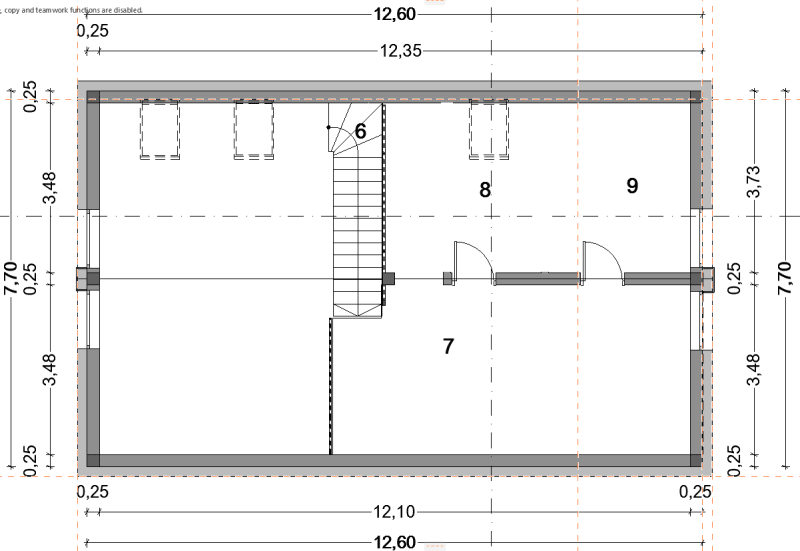Im dealing with a residental building with a ground storey + attic. All bearing walls are masonry 250 mm thick. RC slab above ground storey is 150 mm thick - but it wont be done across whole building area above ground storey! Above an attic there is another RC slab - roof slab that is 150 mm thick - it will be done acroos the whole buidling area.
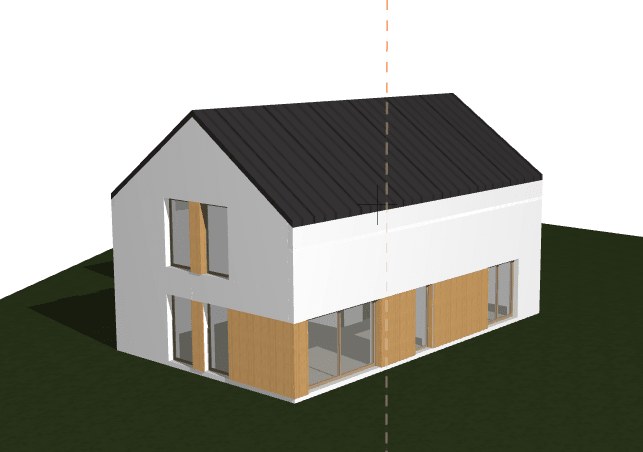
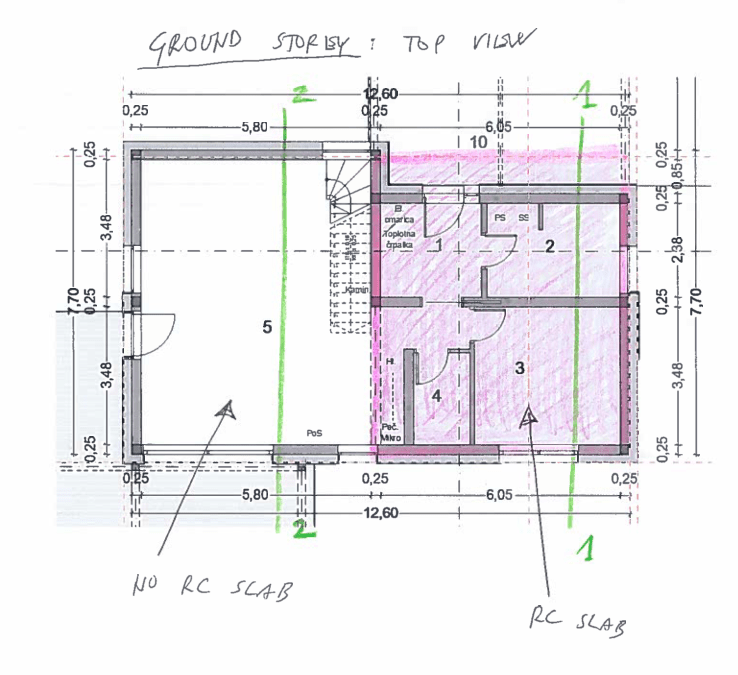
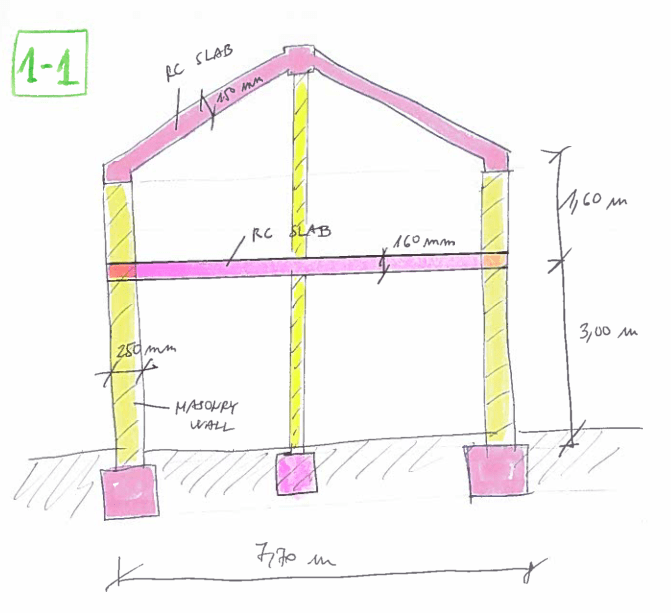
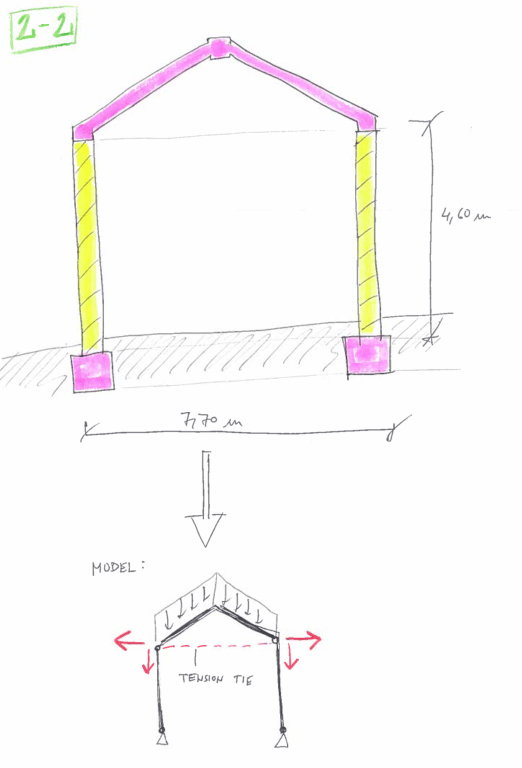
Investor + arhitect made it clear that I have no freedom/other options regarding RC slabs - they have to be made as I described.
Since RC slab above ground storey is not across whole area - I do not have a diaphragm which take care of tension forces as a result of loads acting on a roof slab.
What are my options here? Im pretty sure I wont be able to design bearing walls as masnory walls since they are only good for vertical loads.
So I think I have 2 options here:
1) to make tension ties below roof slab which take care of tension forces so masonry walls only see vertical loads OR
2) to make RC (reinforce concrete) walls that can take out of plane (horizontal) loads. The problem is that without a slab in the middle my wall is 4,60 m high.
What would you do?
Thank you for suggestions/help.




Investor + arhitect made it clear that I have no freedom/other options regarding RC slabs - they have to be made as I described.
Since RC slab above ground storey is not across whole area - I do not have a diaphragm which take care of tension forces as a result of loads acting on a roof slab.
What are my options here? Im pretty sure I wont be able to design bearing walls as masnory walls since they are only good for vertical loads.
So I think I have 2 options here:
1) to make tension ties below roof slab which take care of tension forces so masonry walls only see vertical loads OR
2) to make RC (reinforce concrete) walls that can take out of plane (horizontal) loads. The problem is that without a slab in the middle my wall is 4,60 m high.
What would you do?
Thank you for suggestions/help.

